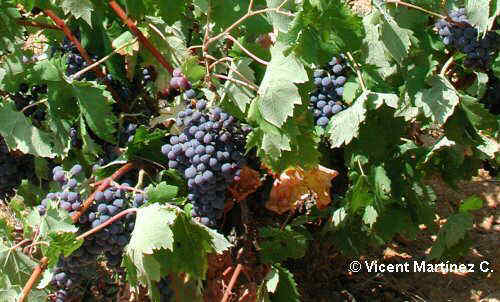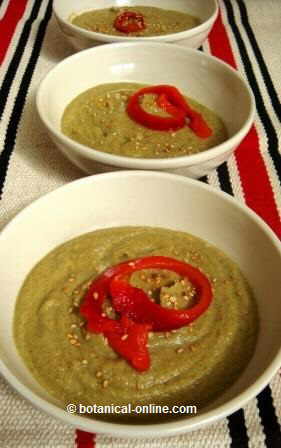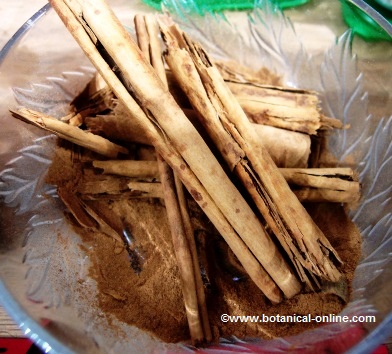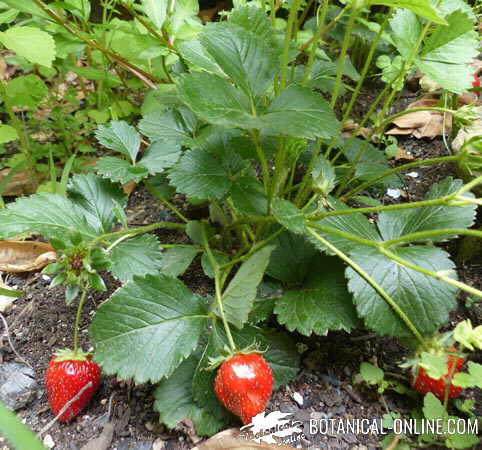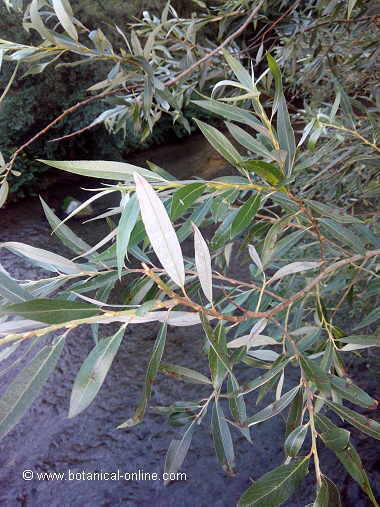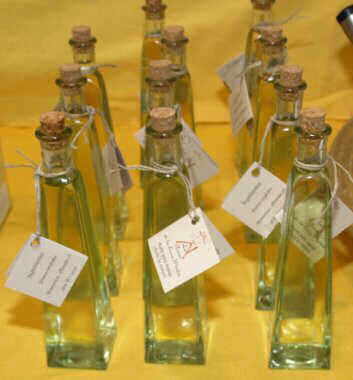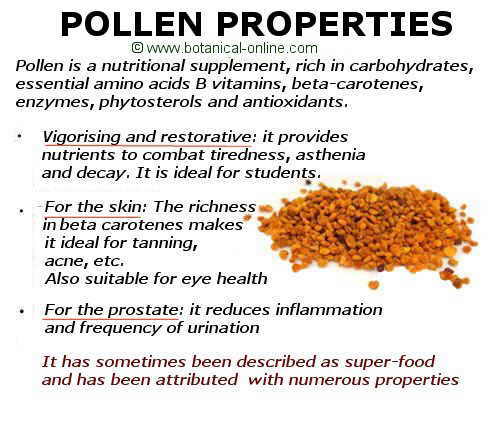Contents
Properties of food colorings
What are food colorings?
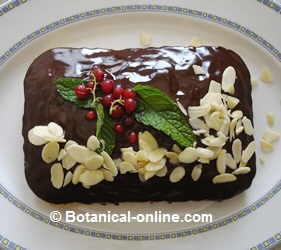
Food colors are additives that are used to improve the appearance of food products, through attractive colors.
Throughout history the discovery of new food colorings and scientific advances have changed the food coloring used:
The most primitive food colorings are those extracted from nature: from animals, plants and minerals. The use of these is still in force until today, as is the case of curcumin (E-100) or chlorophyll (E-140), for example.
Natural food colorings are generally considered harmless and specific limitations in their use is less than those that affect artificial synthesis dyes.
However, these coloring substances evolved into much more intense colors that contained lead, mercury, arsenic or copper. Because their toxicity was soon found, many of these dyes were banned.
Mainly the currently allowed food colorings are those corresponding to the group of vitamins, provitamins, natural substances.
Its safety is indisputable, so that, for example, beta-carotene and riboflavin are added to food products without the need to declare it on the label.
What foods contain food colorings?
According to the regulations, food colorings can be used mainly in:
| Sweats |
|
| Fish and their by-products |
|
| Other foods |
|
Other food colorings that are commonly used in food:
– Indigotine or indigo carmine – E 132
– Lutein, xanthophyll and tagetes extract – E 161b
![]() More information on food additives
More information on food additives

